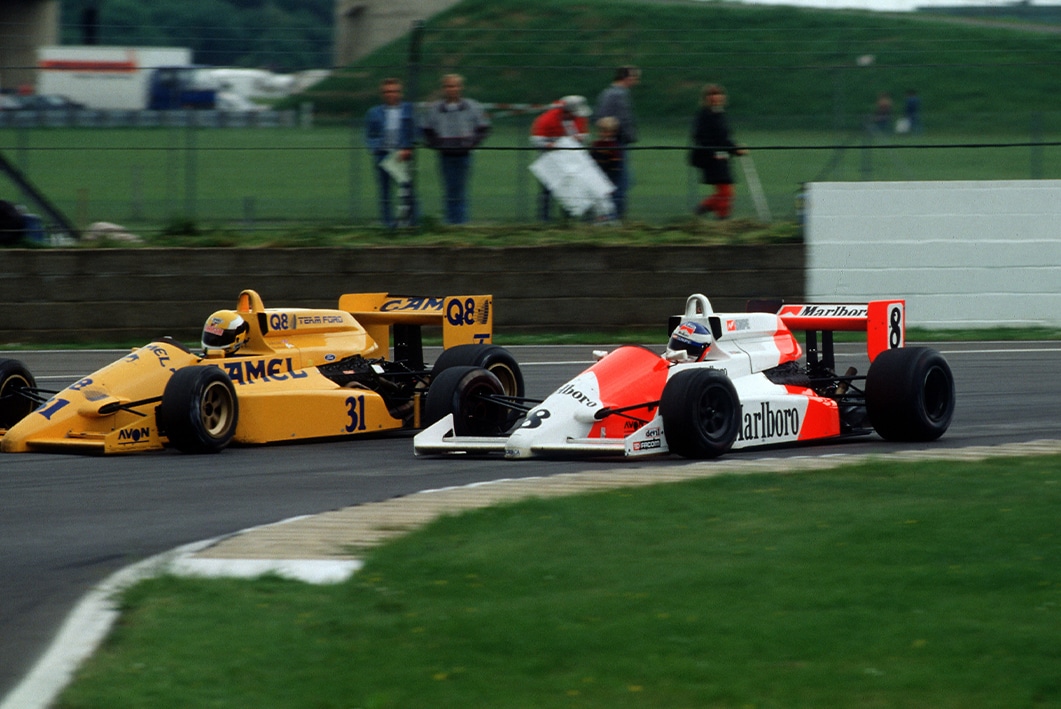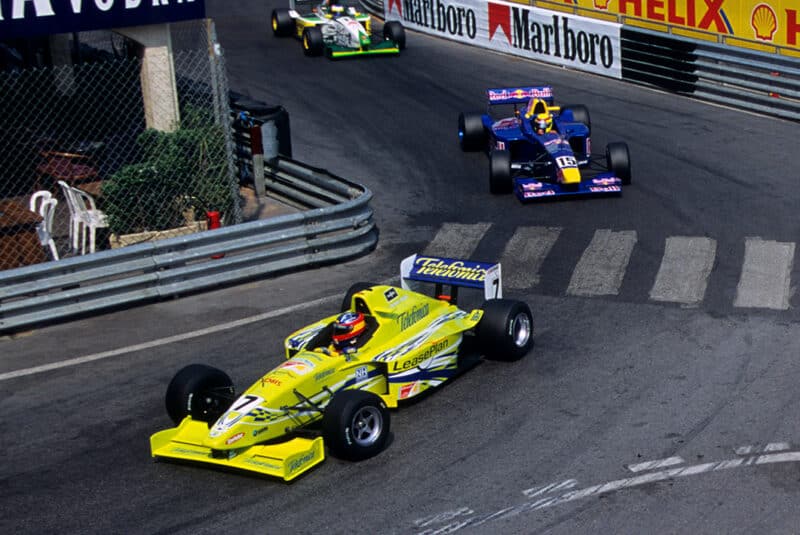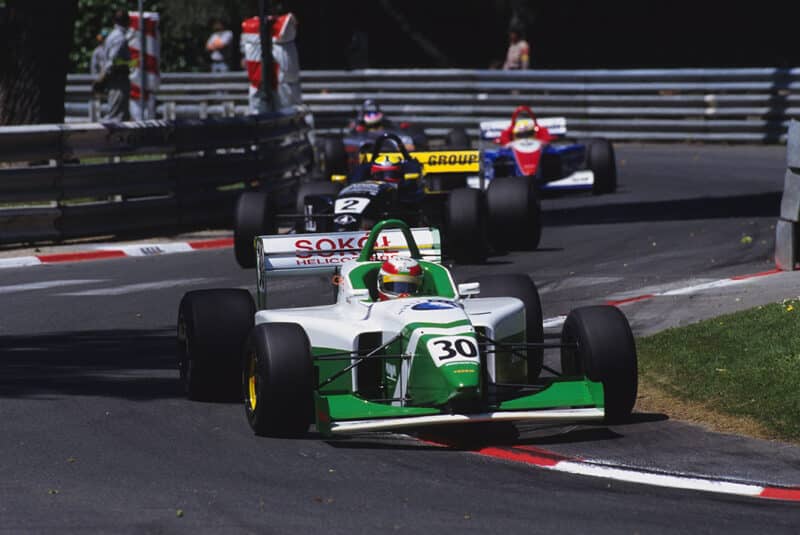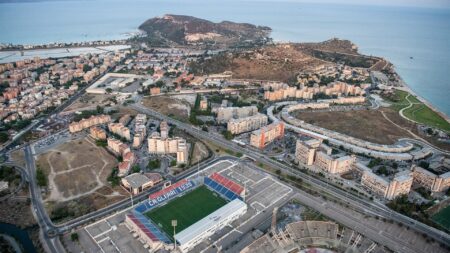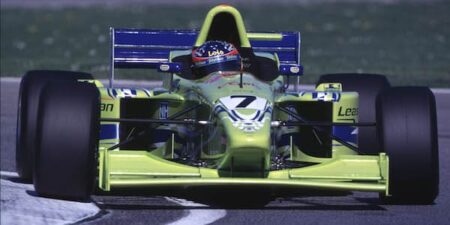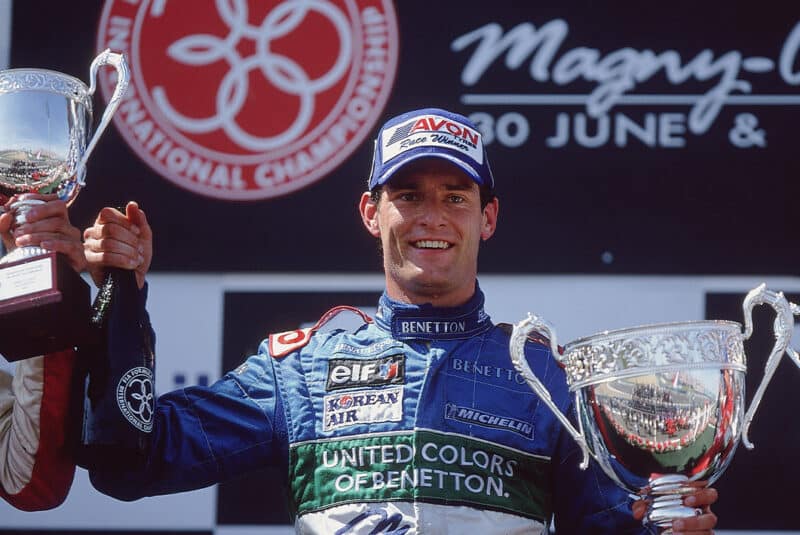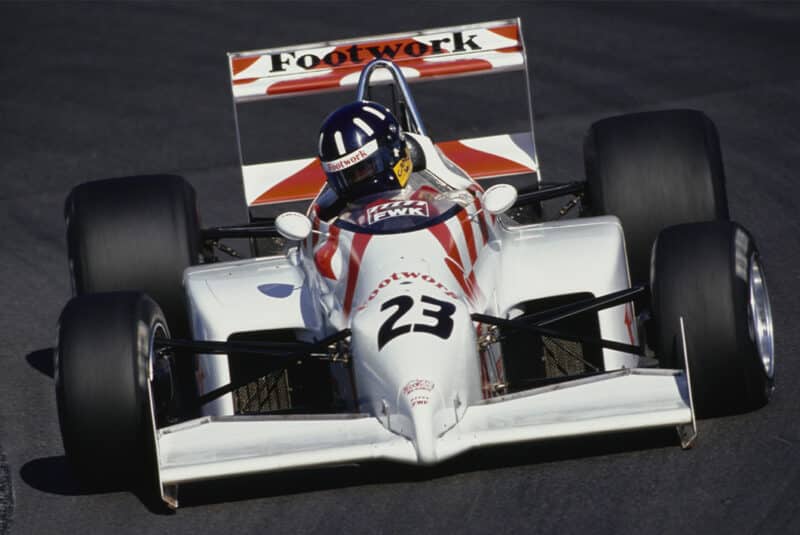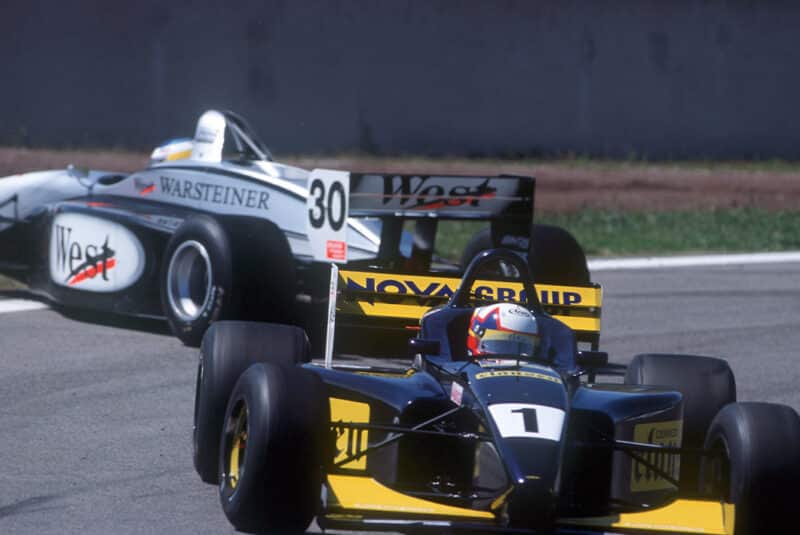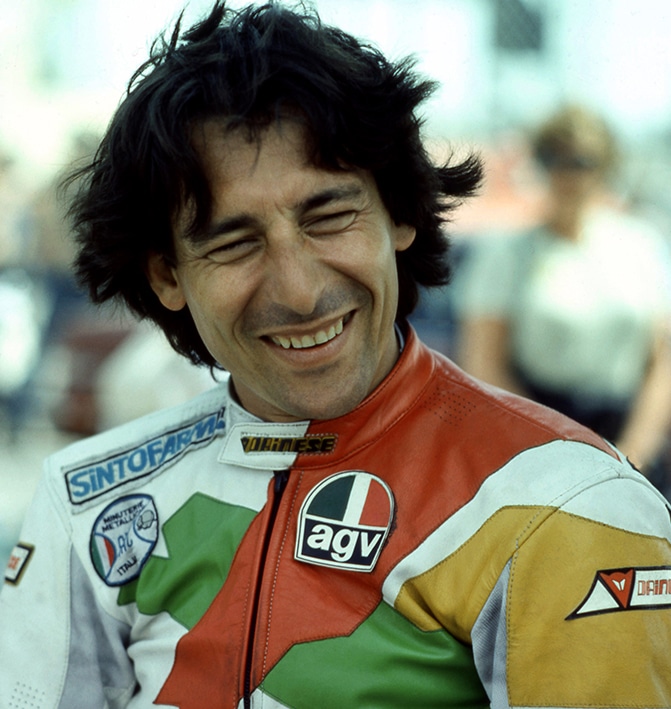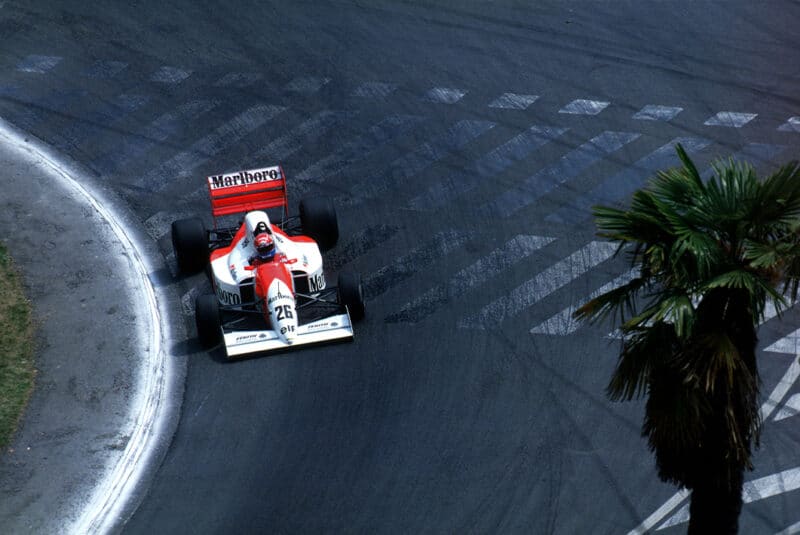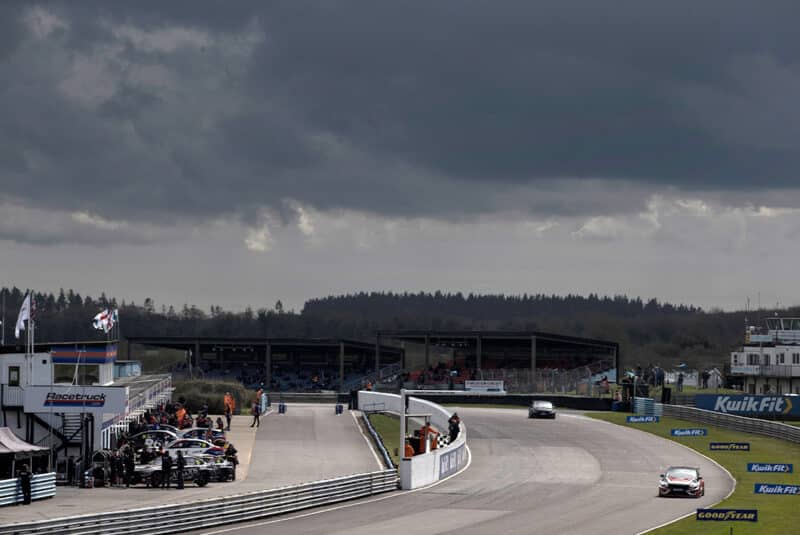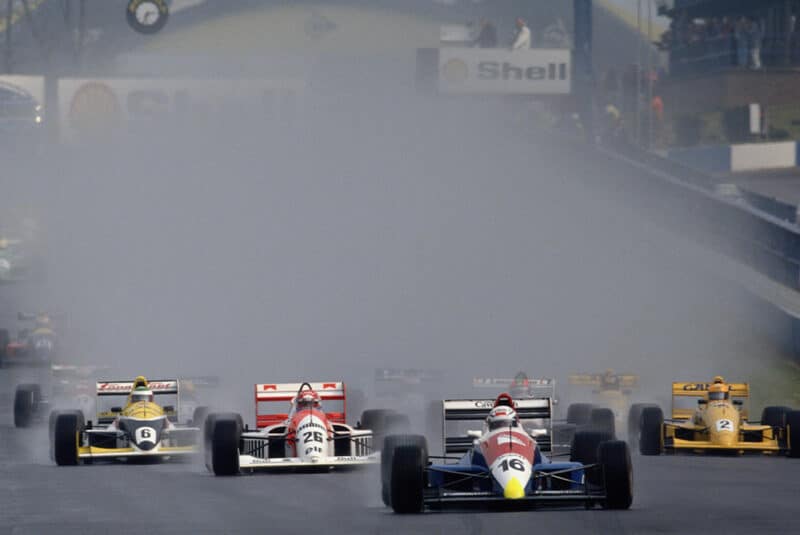Corbett: “Jean had locked the front doors, because that way he figured they wouldn’t be able to get the cars out. I’d been tipped off about what would be happening and had to turn a blind eye. Nick and I sat drinking coffee, ostensibly discussing the situation, while the Lola guys stripped the cars down and took the bits out through a single door at the back.”
Mosnier was unimpressed and filed a complaint, which led to Langley briefly being arrested, but no charges were brought. The following year, the Frenchman defiantly retained the Lola Motorsport name… but ran March chassis.
“One of the great things,” Corbett says, “is that the series was rarely political. The cars were monstrously quick, but quite simple – essentially just turn-key customer chassis without any data-logging. You just stuck the driver in and got on with trying to engineer a good set-up.”
And during those first 11 seasons, there was significant freedom (although Avon control tyres came in from year two). “I don’t think anybody fancied our chances in 1985,” Sparshott says, “but as a small private entity we had lots of options. Early on we switched Christian Danner’s car from Avons to Bridgestones and went softer and softer on the rear roll-bar until we eventually disconnected it altogether. That seemed to suit Christian’s style. March designer Ralph Bellamy knew what we’d done, but didn’t try it on the works cars. Because he’d created it with a rear bar, I guess he felt it should stay that way.
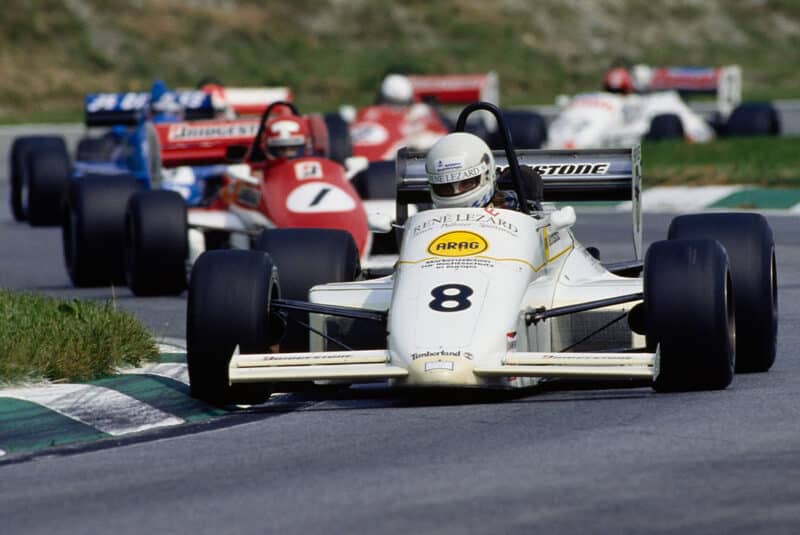
Christian Danner, here leading Mike Thackwell at the Österreichring in 1985, won that year’s inaugural F300 season with BSA, running a March 85B
Bongarts/Getty Images
“With the tyres, Ralt was Bridgestone’s works team and obliged to run whatever it was told to use. We were in a position to ignore the party line and often did, choosing different compounds because we thought they’d be better. At the end of some races, a Bridgestone technician would wander over, look at our tyres with bits of tread hanging off, shake their head and say, ‘That was very marginal’. I’d reply, ‘Yes, but we won’… That used to drive [Ralt boss] Ron Tauranac mad!”
BS Automotive (BSA) was a good example of the work hard, play hard attitude that symbolised the F3000 collective. I recall sitting on a Pau pavement terrace one evening and being only mildly surprised to see a group of BSA mechanics carrying a Renault 4 they’d quite literally picked up en route. The bar owner politely asked them not to bring it in.
“Eddie Jordan always seemed to be very good at wangling the latest bits”
It was also in Pau that BSA fashioned a World War I-style helmet spike from tape and cardboard, then attached it to Danner’s Bell Star. The German thought this very funny and decided to leave it in place for the following morning’s installation lap, until some sour-faced steward stepped forward and forbade him to exit the pits.
It was mostly gentle slapstick. Between teams there would be the occasional protest, albeit little that wasn’t resolved with reasonable speed. As far as I’m aware, the only truly unsavoury incident involved a team owner waving a hand pistol around at the Reynard factory, when told he couldn’t take his new cars away because he’d neither transferred nor brought the necessary cash. It was an act borne of desperation rather than a pre-meditated attempt to inflict harm and was resolved sensibly, between the parties involved, without further action. James Linton, Reynard’s customer liaison manager, was on the receiving end. “It was all a bit surreal,” he says, “but I stayed calm. It did make me a bit jumpy, though. A few weekends later, I went to see Colin Bennett [another team owner] in the paddock, to request payment for some spares, and when he stuck his hand in his pocket I jumped backwards. He was only reaching for his cheque book, but given previous events…”
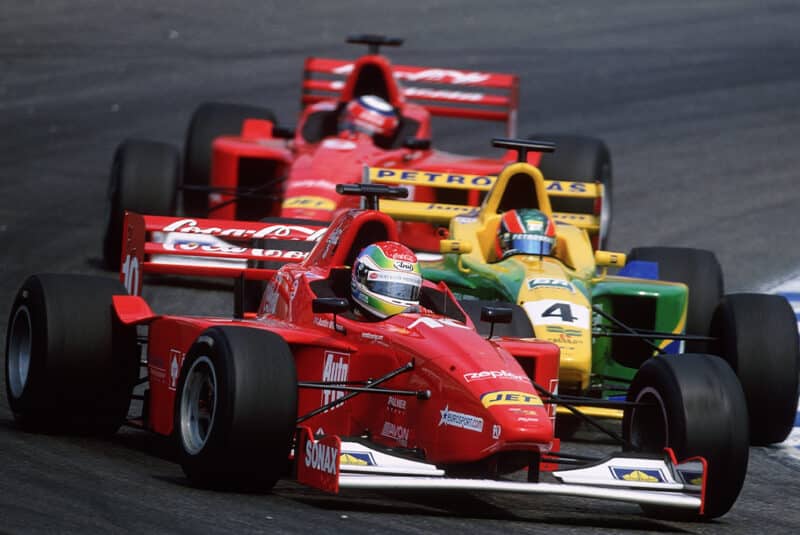
Justin Wilson ahead of Ricardo Sperafico and Tomas Enge at Hockenheim in 2001. He was that season’s runaway champion
Clive Mason/Allsport via Getty Images
Bennett, whose CGA Engineering operation now specialises in historic F1 preparation, says: “I spent about eight years in F3000 and didn’t regret a second. The paddock atmosphere was brilliant and in motor racing terms it was very pure – buy cars and engines off the shelf and away you went. I was lucky to run some very good drivers – Richard Dean, Alain Menu, Éric Hélary – but was always slightly behind in having enough money to get the latest bits. Eddie Jordan always seemed to be very good at wangling those…
“As an illustration of what it was like, we had a deal with Paolo Barilla for 1988. After one race it was clear that our March wasn’t competitive and Paolo took an opportunity to go elsewhere to drive a Reynard. We had a contract, though, so he paid his dues and we remained on very good terms. Just recently, he came to us and asked if we’d prepare a Williams FW07 he’s acquired for historic F1. Trust lasts.”
There were some bleak moments: Michel Trollé and Johnny Herbert were terribly injured on the same weekend at Brands Hatch in 1988, Paul Warwick was killed while dominating a British F3000 race at Oulton Park in 1991 (he took the title posthumously) and Marco Campos suffered fatal injuries at Magny-Cours in 1995. The Brazilian had been the last driver running on the last lap of the last race of the open era that is regarded as the series’ apotheosis – and there could not have been a more sombre note on which to end.
